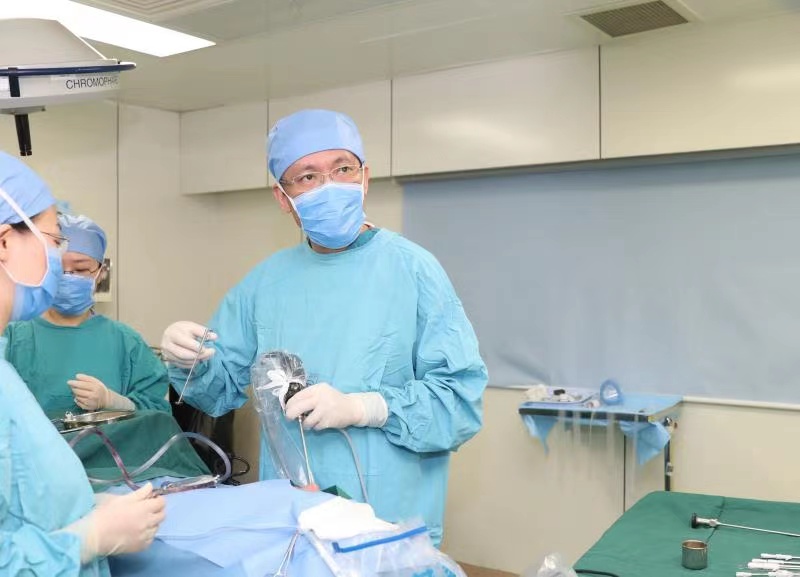Spring is bursting out all over … achoo!


After analyzing more than 10,000 cases, Zhang's team indentified five to eight common allergens in northeastern, northern, central and southern areas of China to help patients figure out their allergens quickly.
In Beijing, for example, the most common allergenic pollens in spring include those from the large-fruited elm tree, Cathay poplar, ash, acacia and white birch.
The team set up pollen monitoring stations in 17 cities in China. In Beijing, together with the Beijing Meteorological Service, the stations provide daily pollen broadcast services for residents from March to October since 2010. The pollen concentration is expected to reach its second-highest level in a six-level rating system on Wednesday.
"As the country experiences pollen season, self-protection and targeted treatment are important," Zhang said. "For example, when the pollen concentration is high, patients should reduce their outdoor activities and wear face masks and goggles when they go out. It's helpful to take immunity-modulating drugs in advance before symptoms appear, and continue to use medicines based on a doctor's guidance until the pollen season passes."
Allergic rhinitis is caused by both the external environment — which includes air pollution and pollen — and internal factors, in which heredity and an individual's immune system come into play. It is still a global challenge because the pathogenesis is unclear and current treatments cannot delay progression of the disease, he added.
"In addition, most allergens are closely linked to human living environments and are impossible to simply wipe out."
He suggested enhancing medical research, raising public awareness and making current treatment methods accessible to more people.
It will also help to place allergic rhinitis under the national chronic disease supervision, prevention and treatment system, as well as planting flowers, trees and grass that induce fewer allergic reactions in city landscaping, he said.
Sublingual immunotherapy — which gives small doses of what a person is allergic to under the tongue, to increase "immunity" or tolerance to the allergen and reduces the allergic symptoms — was approved by the National Medical Products Administration, and should be in the market soon, Zhang said. The therapy will benefit a lot of patients allergic to artemisia pollen in northwestern areas. Monoclonal antibody-related drugs may also offer good options for the treatment of allergies in the future.
With the 2022 Beijing Winter Olympics approaching, Zhang's research is focusing on nasal inflammation caused by dry, cold air, to offer diagnosis and treatment advice for athletes who may confront the problem.
Related research by Zhang about allergic rhinitis was published in February in a special China edition of Allergy, the world's top medical journal specializing in the issue. For the first time in the 73-year-old journal's history, it published 23 papers by Chinese experts on topics such as allergy science, nose science, respiratory medicine and COVID-19.
Wu Liangyou, deputy director of the disease prevention and control bureau of the National Health Commission, said this showed the world's recognition of Chinese achievements in the allergy field.
"The incidence of allergic diseases has been growing in China. In recent years, significant progress has been made in prevention and control policies, and in diagnosis and treatment strategies. But there are still great challenges. The country will invest more in this segment," he said.




































